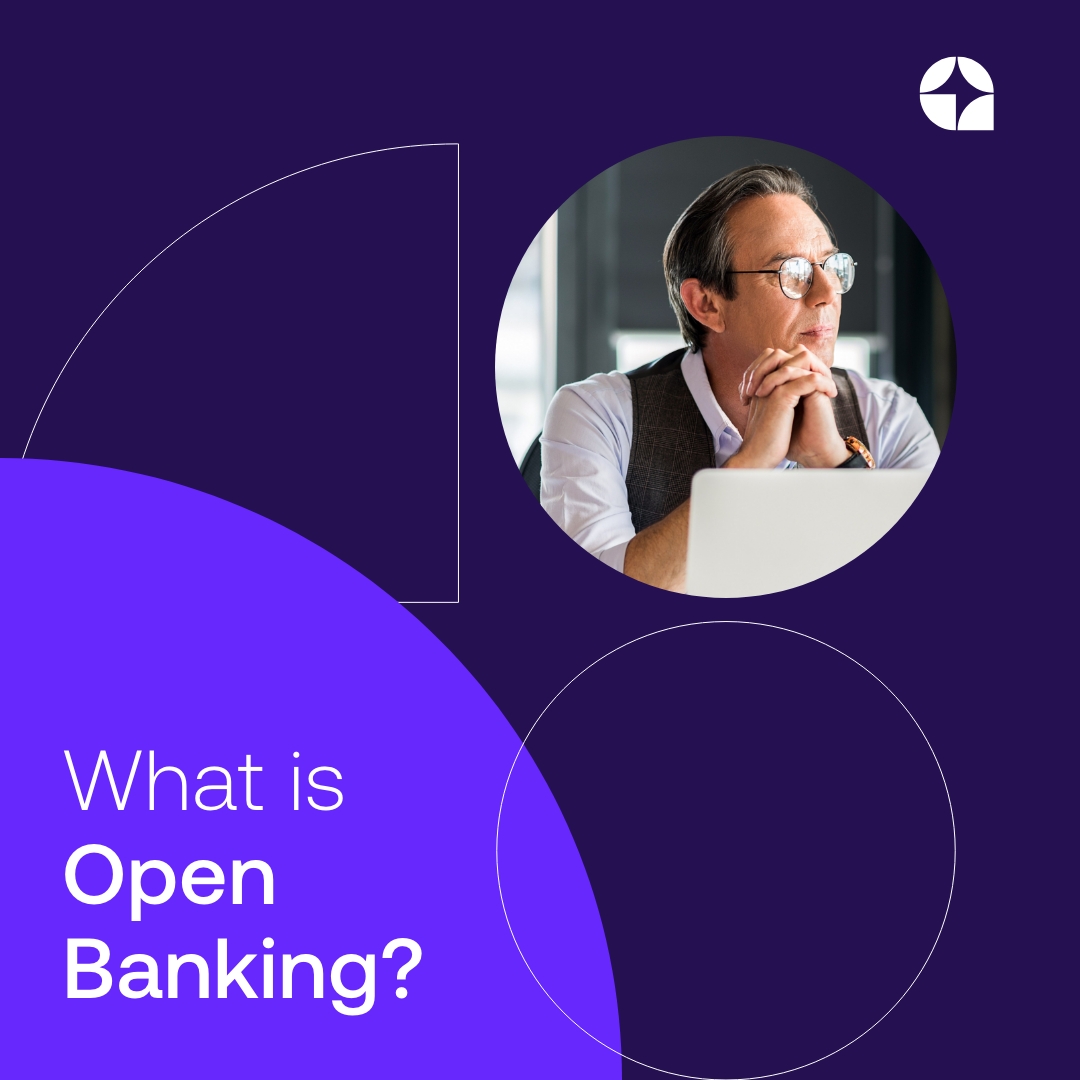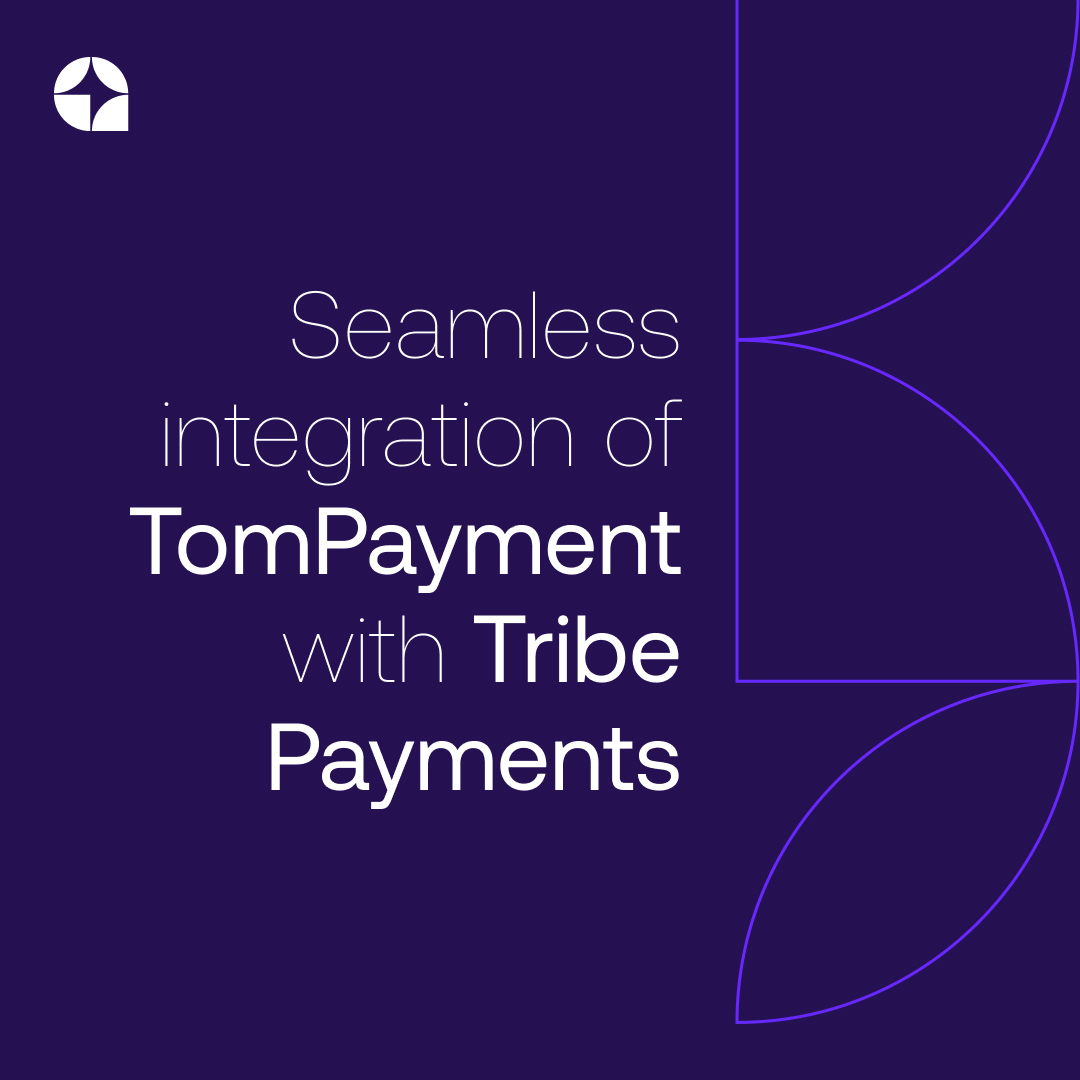Open banking refers to a financial service model that allows third-party providers to access and use a customer’s banking data through APIs (Application Programming Interfaces). This approach to banking is designed to increase competition, drive innovation and provide customers with more choice and control over their financial data and services.
Open banking has its roots in the European Union where the Revised Payment Service Directive (PSD2) was implemented in 2018. The PSD2 regulation requires banks to open up their customer data to licensed third-party providers (TPPs) through secure APIs. This has led to the creation of a more open and competitive banking environment, where customers can choose from a wider range of services, such as budgeting and financial management tools, comparison websites and alternative lenders.
One of the key benefits of open banking is increase competition. By allowing third-party providers to access financial data and create new products and services for consumers, open banking fosters innovation and competition in the industry. This increased competition can lead to better pricing, improved customer experiences, and more options for consumers to choose from.
Open banking also offers benefits for businesses, particularly small and medium-sized enterprises (SMEs). With access to a wider range of financial services, SMEs can better manage their cash flow, reduce costs and make more informed decisions about their finances. Additionally, open banking can help SMEs to access finance more easily, as alternative lenders and fintech companies can use the customer’s banking data to assess their creditworthiness and provide loans and other financial products.
In addition to these benefits, open banking also has the potential to drive innovation in the financial services sector. By providing access to customer data, fintech companies can develop new and improved financial products and services that meet the specific needs of customers. This could lead to the creation of new financial services that are more accessible, affordable and convenient for customers.
However, there are also potential risks associated with open banking. One of the biggest concerns is the security of customer data, as third-party providers may not have the same level of security as traditional banks. To mitigate these risks, open banking is governed by recommended operational and security frameworks, such as PSD2 and the Open Banking Security Standard (OBSS), to ensure that customer data is protected.
In conclusion, open banking is a financial service model that offers numerous benefits for customers and businesses. It increases financial transparency, drives innovation and competition, and provides customers with more choice and control over their financial data and services. However, it is important to be aware of the potential risks and to ensure that customer data is protected by adhering to security standards and regulations.
To learn more about Geniusto [GO], visit our website or request a consultation today.
References:
PSD2 regulation – https://eur-lex.europa.eu/legal-content/EN/TXT/?uri=celex%3A32015L2366
OBSS Guidelines – https://standards.openbanking.org.uk/wp-content/uploads/2022/04/OBIE-Security-Counter-Fraud-GUIDE.pdf






